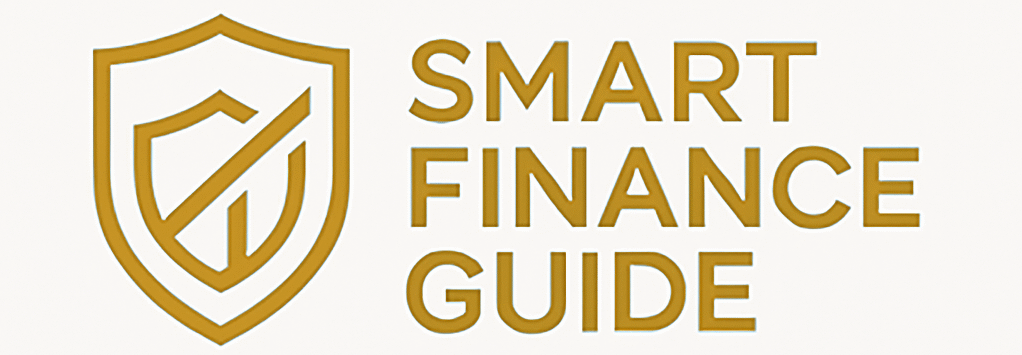If your employer offers a 401(k) plan, you have access to one of the most powerful retirement savings tools available. But simply enrolling isn’t enough — to truly benefit, you need to understand how the plan works and how to maximize its advantages.
In this article, you’ll learn how to make the most of your 401(k), from contribution strategies to investment options, and how to avoid costly mistakes along the way.
What Is a 401(k)?
A 401(k) is an employer-sponsored retirement account that allows you to:
- Contribute a portion of your salary before taxes (traditional) or after taxes (Roth)
- Invest in a range of options like mutual funds, target-date funds, and index funds
- Grow your money tax-deferred (traditional) or tax-free (Roth)
It’s one of the best ways to automate long-term investing and build wealth over time.
Why the 401(k) Is So Valuable
- High contribution limits: Up to $23,000 in 2025 ($30,500 if age 50+)
- Employer match: Free money toward your retirement
- Tax advantages: Reduces taxable income (traditional) or future taxes (Roth)
- Automatic payroll deductions: Makes saving effortless
- Compound growth: Long-term gains on untaxed earnings
Step 1: Contribute Enough to Get the Employer Match
If your employer offers matching contributions (e.g., 100% of the first 4%), take full advantage — it’s essentially free money.
Example:
- You earn $60,000
- Employer matches 100% up to 4%
- You contribute $2,400 (4%) → employer adds $2,400
✅ Not contributing enough to get the match is like leaving part of your paycheck on the table.
Step 2: Understand Traditional vs. Roth 401(k)
Many plans now offer both traditional and Roth options. The main difference is when you pay taxes:
| Feature | Traditional 401(k) | Roth 401(k) |
|---|---|---|
| Contributions | Pre-tax (reduces current taxable income) | After-tax |
| Withdrawals | Taxed in retirement | Tax-free in retirement |
| Best for… | High earners now, lower taxes later | Young workers, expected higher future taxes |
✅ If available, consider splitting contributions between both types to diversify your tax strategy.
Step 3: Increase Contributions Over Time
Start with what you can afford (even 1%–3%), then:
- Increase annually by 1%–2%
- Boost after raises or bonuses
- Aim for at least 15% of your income, including employer match
✅ Use auto-increase features if your plan offers them.
Step 4: Choose the Right Investments
Your 401(k) likely offers:
- Target-date funds: Adjust allocation automatically based on your retirement year
- Index funds: Low-cost exposure to broad markets (e.g., S&P 500)
- Actively managed funds: Higher fees, may or may not outperform
Best practices:
- Keep it simple with a target-date or index fund
- Avoid high-fee, niche funds unless you understand them
- Diversify across stocks and bonds based on your age and risk tolerance
✅ Revisit your choices annually and rebalance if needed.
Step 5: Avoid Early Withdrawals
Taking money out of your 401(k) before age 59½ usually triggers:
- A 10% penalty
- Ordinary income tax on the withdrawal
Exceptions include:
- Some hardship withdrawals
- Rule of 55 (if you leave your job at age 55+)
- Loans (if your plan allows — but be cautious)
✅ Try to never touch your 401(k) before retirement unless absolutely necessary.
Step 6: Roll Over Carefully When Changing Jobs
When you change jobs, you have several options:
- Leave it in your old employer’s plan (if allowed)
- Roll it into your new employer’s plan
- Roll it into an IRA (gives you more control and investment options)
- Cash it out (not recommended — taxes and penalties apply)
✅ Rollovers should be done directly to avoid taxes and early withdrawal penalties.
Step 7: Monitor Fees and Optimize Performance
All 401(k) investments come with fees — typically shown as expense ratios.
- Aim for funds with fees under 0.30%
- Avoid frequent trading or managed options with high costs
Use your plan’s online portal to:
- Review fund performance
- Compare costs
- Make changes as needed
✅ High fees can erode thousands from your retirement over time.
Step 8: Coordinate with Other Retirement Accounts
If you also contribute to:
- IRAs
- HSAs
- Brokerage accounts
Make sure your overall strategy is aligned and diversified. Use 401(k)s for tax-advantaged long-term growth, while saving flexibly in other accounts.
Final Thoughts: Make the Most of Your 401(k) Starting Now
Your 401(k) is one of the most effective tools for building long-term wealth. Whether you’re just starting out or nearing retirement, the key is to start contributing, get the full match, choose wisely, and stay consistent.
Small contributions grow into big outcomes over time — especially when you automate and take advantage of compound growth.
FAQ – How to Make the Most of Your Employer’s 401(k) Plan.
What is a 401(k) plan and why is it valuable?
A 401(k) is a retirement account offered by employers that lets you save and invest with tax advantages. It’s valuable because of high contribution limits, potential employer matching, and long-term compound growth.
What’s the difference between traditional and Roth 401(k)?
Traditional 401(k) uses pre-tax contributions and is taxed in retirement. Roth 401(k) uses after-tax money but allows tax-free withdrawals. Many people benefit from using both for tax diversification.
How much should I contribute to my 401(k)?
At a minimum, contribute enough to get your full employer match. Aim to increase contributions over time — ideally reaching 15% of your income, including the match.
How should I invest my 401(k) money?
Stick with low-cost options like target-date or index funds. These provide diversification and are easy to manage. Review your investment choices yearly and rebalance if needed.
What should I do with my 401(k) when changing jobs?
You can leave it where it is, roll it into a new employer’s plan, or transfer it to an IRA. Avoid cashing out to prevent penalties and taxes — direct rollovers are the safest option.

